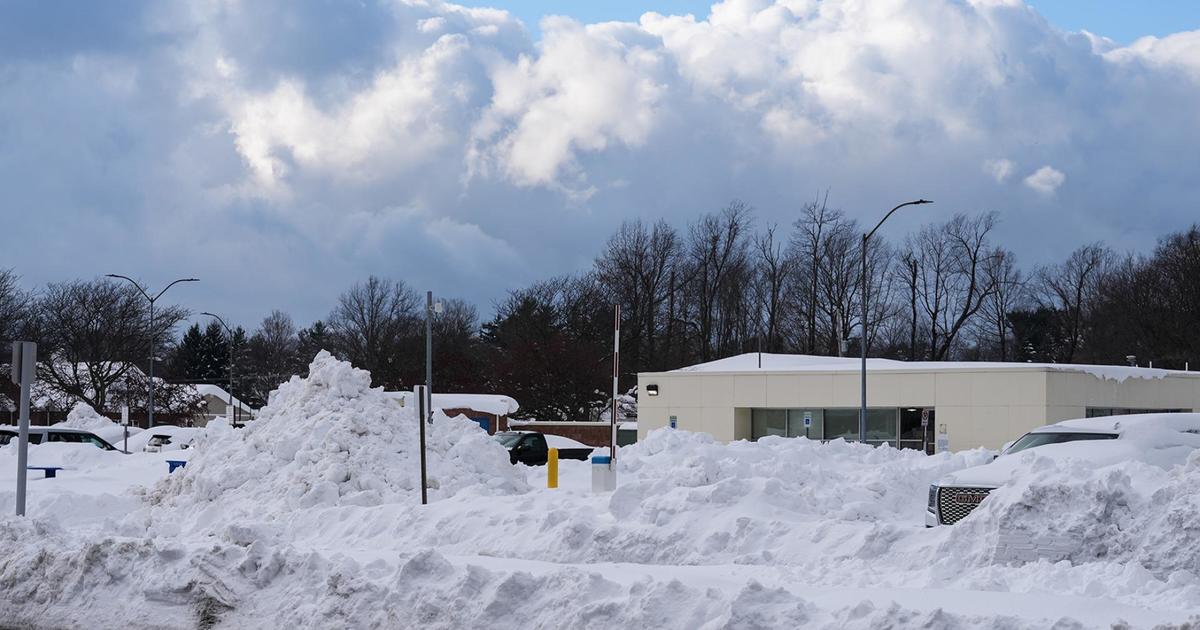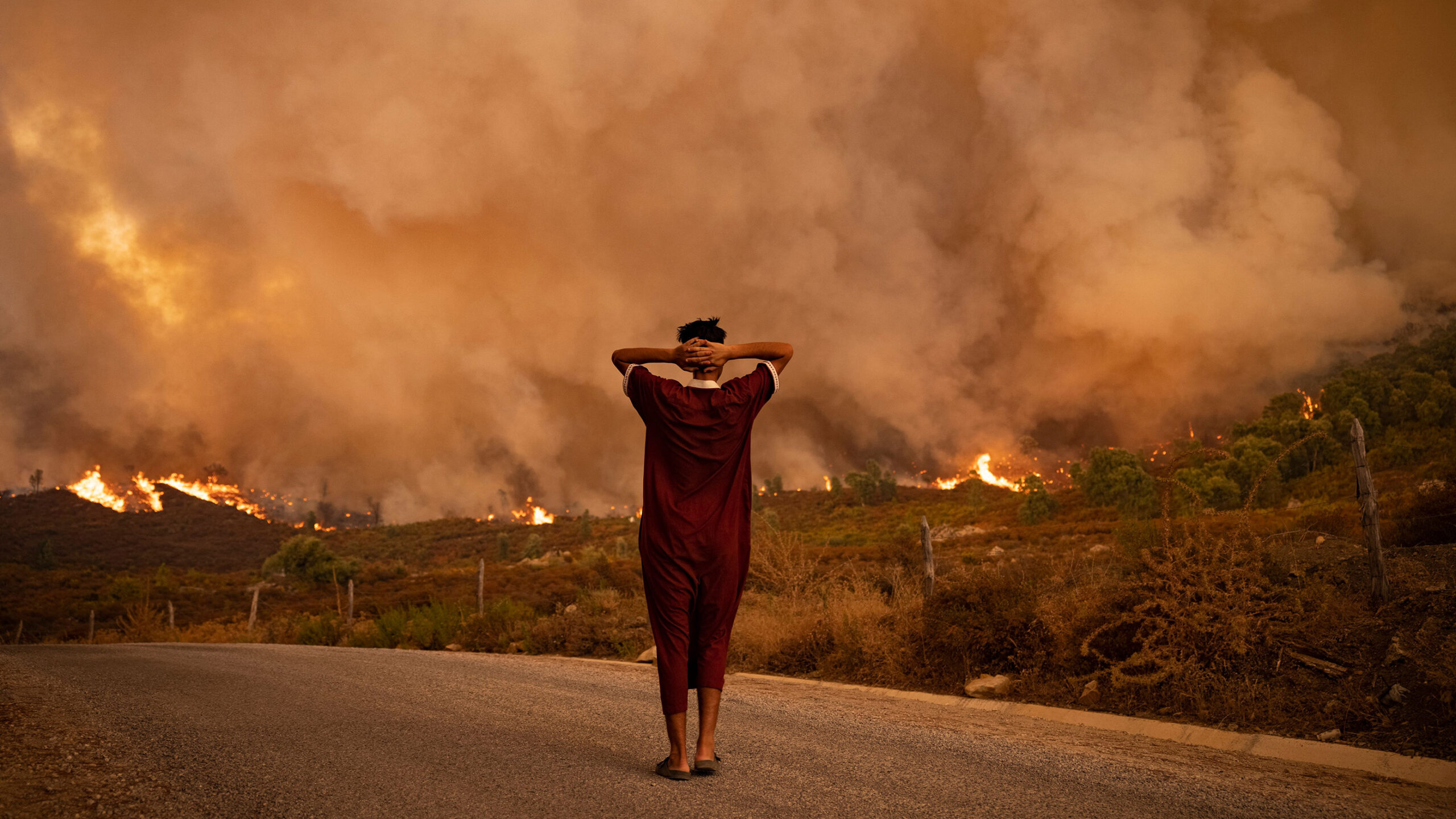Winter weather is a defining feature of life in many parts of the United States, and each region experiences snow differently. From the icy winds of the Midwest to the picturesque snowfall in the mountains of the West, snowfall levels often dictate everything from travel plans to economic activity. As winter 2024 unfolds, patterns of snowfall have revealed clear leaders and laggards in terms of accumulation across the country. Here’s a detailed look at the regions standing out for their snow totals—or lack thereof—so far this season.
Snow Leaders in the East
The Eastern United States, known for its erratic winter weather, has seen a mix of overachievers and underperformers when it comes to snow this year. Areas traditionally accustomed to heavy snowfalls, like parts of upstate New York and northern New England, have delivered impressive numbers so far.
Buffalo, New York: Living Up to Its Reputation
Buffalo is no stranger to heavy snow, and this season is no exception. Thanks to frequent lake-effect snowstorms fueled by cold winds crossing the relatively warm waters of Lake Erie, Buffalo is once again leading the pack in the East. Several storms have already blanketed the region, with accumulations well above average for this time of year. Residents, accustomed to winter’s wrath, are managing the usual challenges of snow-laden roads and hefty shoveling duties.
Northern New England: A White Winter Wonderland
Vermont, New Hampshire, and Maine are also among the snow leaders in the East. Ski resorts in these states, like Stowe and Sugarloaf, have reported strong early-season snowfalls, boosting winter tourism. These accumulations are a welcome sight for local economies reliant on winter sports enthusiasts and snowmobilers.
Snow Laggards in the East
While parts of the East are thriving in snow, other regions have fallen short. The Mid-Atlantic, which often finds itself in a precarious position between snow and rain, has experienced a lackluster winter so far.
Washington, D.C., and Surrounding Areas
The nation’s capital has seen far less snow than average this year. Mild temperatures and frequent rain have kept snowfall totals disappointingly low, much to the chagrin of winter weather lovers. The story is similar in Philadelphia and Baltimore, where snow lovers are still waiting for the first significant winter storm of the season.
Snow Leaders in the Midwest
The Midwest is synonymous with harsh winters, and this season has already seen some standouts in terms of snowfall. States around the Great Lakes and the Upper Midwest have led the charge, receiving well-above-average totals in many areas.
Upper Peninsula of Michigan: Snow Capital of the Midwest
The Upper Peninsula (U.P.) of Michigan, often referred to as a snow lover’s paradise, is living up to its reputation this winter. With lake-effect snow machines working overtime thanks to Lakes Superior and Michigan, towns like Marquette are already buried under several feet of snow. These conditions have created excellent opportunities for snow sports like cross-country skiing and snowmobiling.
Minneapolis-St. Paul: A Wintry Comeback
After a somewhat disappointing snowfall season last year, the Twin Cities have rebounded with strong snowfall totals this winter. Several early-season storms have contributed to significant accumulations, making it a leader in snow for major metropolitan areas in the Midwest.
Snow Laggards in the Midwest
Not all parts of the Midwest are reveling in snow this year. Some typically snowy states have been lagging behind due to warmer-than-usual weather patterns.
Chicago: Waiting for a Snow Day
The Windy City, which usually sees substantial snowfall during the winter months, is running below average so far this season. While Chicago has had its share of cold days, significant snowstorms have been notably absent. This shortfall has dampened the spirits of winter enthusiasts and kept snowplow operators quieter than usual.
Southern Midwest: A Snow-Free Zone
States like Missouri, Kansas, and parts of southern Illinois have seen little to no snow so far this winter. Warmer air masses and storm systems tracking too far north have left these areas drier than usual.
Snow Leaders in the West
The Western United States, home to some of the highest snowfall totals in the country, has once again seen a mix of snow overachievers and underperformers. Mountainous regions, in particular, are leading the way.
The Sierra Nevada: Record-Breaking Totals
California’s Sierra Nevada is having another banner year. Resorts like Palisades Tahoe and Mammoth Mountain are reporting snowfall well above average, thanks in part to a series of atmospheric river events that have dumped massive amounts of precipitation. While these snowstorms create idyllic skiing conditions, they also bring challenges such as road closures and avalanche risks.
Utah and Colorado: Powder Paradise
Ski towns like Park City, Utah, and Vail, Colorado, have enjoyed early-season snowfalls that have set the stage for a promising winter. Resorts are boasting excellent conditions, drawing skiers and snowboarders from across the country. These heavy snows have also contributed to improving water reserves in some areas, a crucial benefit in the arid West.
Snow Laggards in the West
Not all Western states are enjoying a winter wonderland this year. Some regions have been surprisingly snow-starved.
The Pacific Northwest: Where’s the Snow?
Washington and Oregon, typically known for their wet winters, have seen lower-than-average snowfall in many areas. Seattle, which occasionally gets a snowstorm or two during the winter, has been noticeably dry, with warmer temperatures limiting snowfall in the nearby Cascade Mountains.
Arizona and New Mexico: A Quiet Start
The Southwest, including states like Arizona and New Mexico, has seen a slow start to its snow season. Areas like Flagstaff, which often experience significant snowfall, are running below average, disappointing winter recreation enthusiasts and those who rely on snowpack for water resources.
The Impact of Snow Trends
Snowfall—or the lack thereof—has far-reaching implications beyond scenic landscapes. Heavy snow years can boost local economies through tourism, particularly in ski towns and snowmobiling hubs. However, they can also strain resources, leading to challenges like increased road maintenance, school closures, and disruptions to daily life.
Conversely, regions with lower-than-expected snowfalls may experience economic downturns, particularly in areas reliant on winter tourism. Additionally, below-average snowfall can exacerbate drought conditions, particularly in the West, where snowpack is a crucial water source.
What’s Driving These Trends?
This winter’s snow trends are influenced by a variety of factors, including El Niño, a climate phenomenon that often brings wetter conditions to some parts of the United States while leaving others drier. In 2024, El Niño is playing a significant role in shaping precipitation patterns, especially in the West and Midwest.
Additionally, climate change continues to impact snowfall patterns, with warmer temperatures leading to more precipitation falling as rain instead of snow in many regions. These shifts may lead to further disparities in snowfall totals in the years to come.
Looking Ahead
As the 2024 winter season progresses, snowfall patterns will likely continue to shift. Regions currently lagging in snow may catch up, while leaders could see even more accumulation. For now, the U.S. snow scene remains a tale of contrasts, with some areas thriving in snow and others left wanting.
Whether you’re a snow enthusiast eagerly awaiting the next storm or someone hoping for a milder winter, one thing is certain: snow remains one of nature’s most fascinating and unpredictable phenomena. As America’s snow leaders and laggards continue to evolve, the season promises to be one for the record books.




